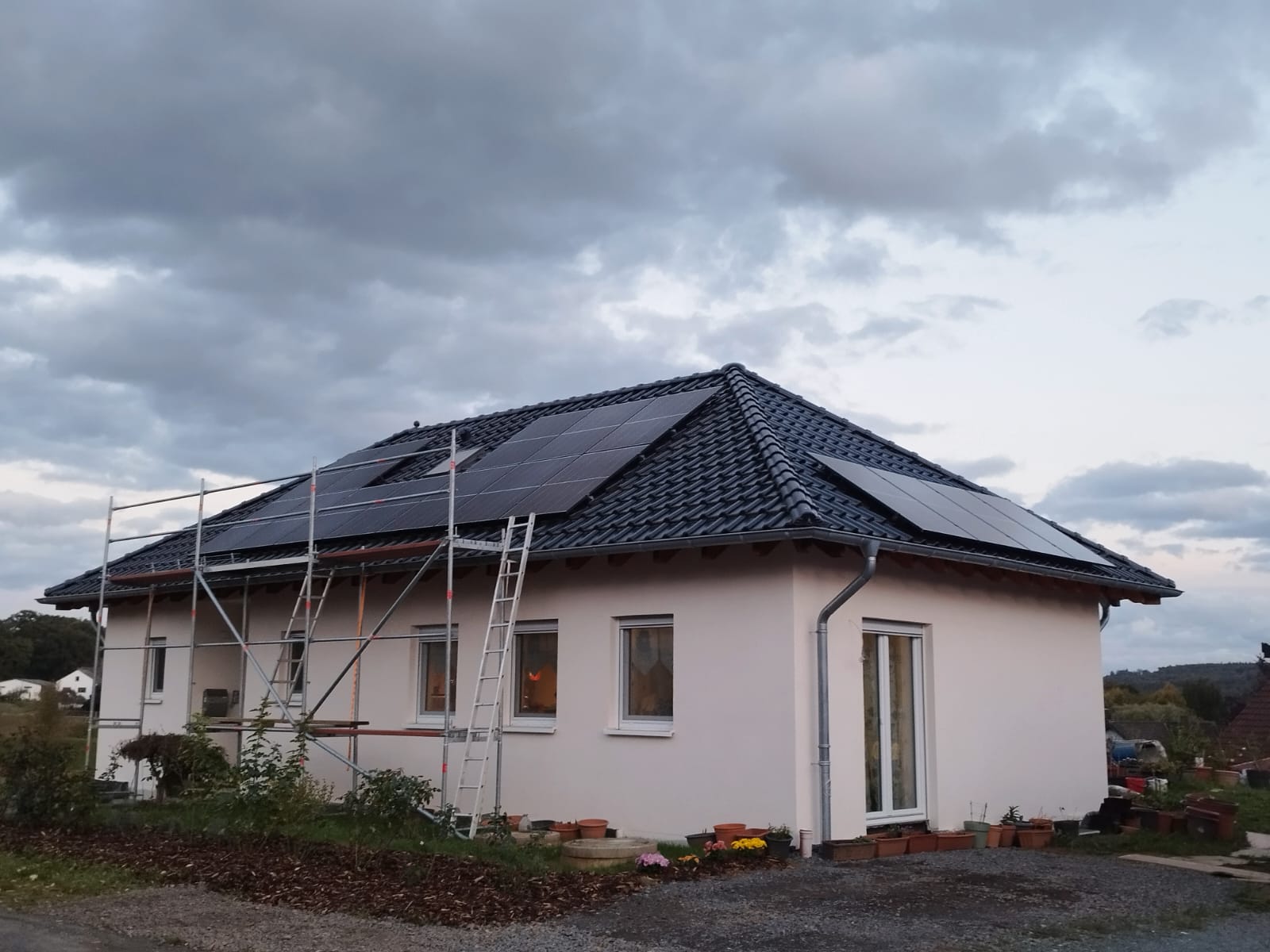With the rapid development of the photovoltaic industry, many people are choosing to install ‘photovoltaic power stations’ on their home roofs. However, concerns have also arisen about the installation of ‘photovoltaic power stations’ on rooftops: some say that the radiation from it is harmful to the human body. So, what exactly is a photovoltaic power station, and is the radiation it brings truly harmful to the human body?
Photovoltaic panels, also known as solar panels, are devices used to convert solar energy into electrical power. They typically consist of multiple solar cells made of semiconductor materials, primarily silicon. These cells function by harnessing photons from sunlight to excite electrons, thereby generating direct current (DC) electricity.
To determine whether photovoltaic panels produce radiation, it is essential to understand their working principle. The operation of photovoltaic panels is based on the photovoltaic effect. When sunlight strikes the panels, photons from the sunlight release electrons from the atoms in the semiconductor, creating a usable electric current. This current can be utilized to power homes, buildings, battery storage systems, or the electrical grid. It’s crucial to note that, unlike ionizing radiation such as X-rays or gamma rays, photovoltaic panels fall under the category of non-ionizing radiation applications. They do not emit electromagnetic radiation or particles.
Ionizing radiation and non-ionizing radiation differ in their ability to remove electrons from atoms or molecules, a process known as “ionization.” Ionizing radiation is characterized by high energy, enabling it to interact with matter and pose potential harm to living organisms and biological molecules.
Ionizing radiation encompasses various types, including X-rays, gamma rays, alpha particles, and heavy ion radiation. X-rays, commonly used in medical imaging and industrial testing such as X-ray examinations and CT scans, are a form of high-energy ionizing radiation. Gamma rays, also high-energy ionizing radiation, primarily originate from radioactive substances and find applications in medical treatment, radioisotope labeling, radiation therapy, and nuclear physics research. Alpha particles, emitted by radioactive materials, consist of two neutrons and two protons and possess the ability to ionize atoms and molecules. Heavy ion radiation involves high-energy charged particles like protons, heavy ions, or atomic nuclei, capable of initiating ionization reactions.
Ionizing radiation is harmful to the human body, and its unit of measurement is the millisievert (mSv). For reference, a chest X-ray is approximately 0.2 mSv, and the highest dose from different parts of a CT scan is around 10 millisieverts. The recommended annual limit for cumulative ionizing radiation exposure to the human body is below 100 mSv, considered safe.
Surprisingly, many everyday items, including bananas, emit ionizing radiation. A single banana contains about 0.0000778 mSv of ionizing radiation. To cause potential harm to the human body, one would need to consume approximately 1.28 million bananas in a year, assuming they spend the rest of their time eating bananas, even at a rate of 3.652 bananas per minute. Therefore, the ionizing radiation encountered in daily life is generally not harmful to human health. It’s crucial to consider the dosage when discussing the potential harm of ionizing radiation.
In contrast to ionizing radiation, non-ionizing radiation such as visible light, radio waves, and microwaves lacks sufficient energy to remove electrons from atoms or molecules, posing minimal harm to biological tissues. Non-ionizing radiation is primarily used in communication, lighting, and heating applications.
In conclusion, photovoltaic power generation, being a green, low-carbon, and clean energy source, does not pose radiation risks harmful to human health. Photovoltaic power is widely utilized in various settings, including residential, commercial, and industrial rooftops, solar power plants, and remote areas for electricity supply. Photovoltaic power plays a crucial role in reducing reliance on traditional fossil fuels, lowering carbon emissions, and promoting the development of sustainable energy. It is essential to trust in scientific understanding, strongly support the development of green and clean energy, and reject unfounded rumors.
Post time: Dec-06-2023


